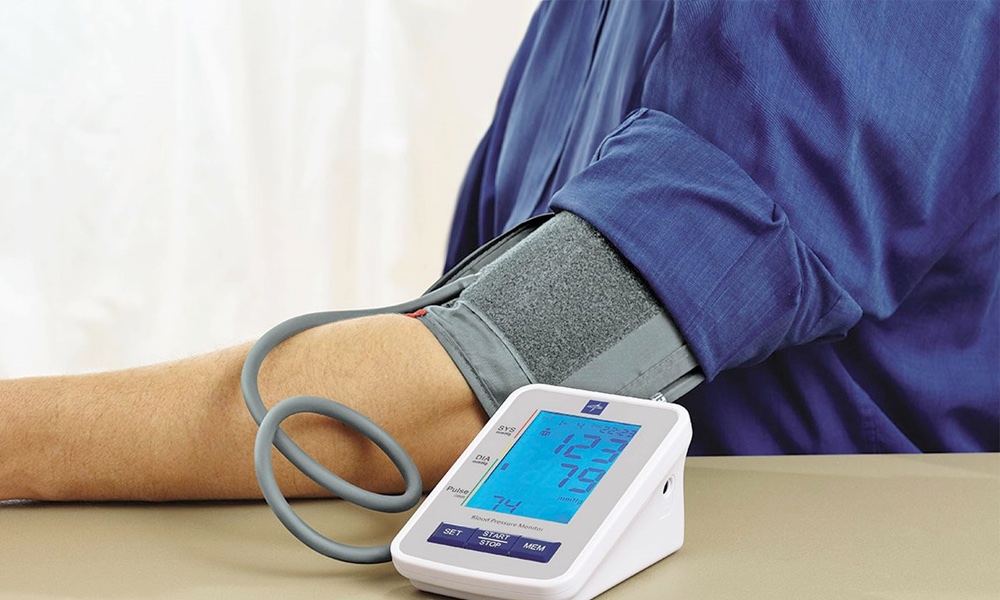Having your blood pressure (BP) taken is a standard part of a routine health exam. It is common procedure to have a cuff placed around one of your upper arms to get a reading. That may soon change.
Healthcare providers should go one step further. They should measure blood pressure in both arms, not just one, and then compare the readings. Why? Because a notable difference in BP numbers between arms is a sign of atherosclerosis, a hardening and narrowing of the arteries that can ultimately lead to heart disease or a stroke, a large study concludes.
The finding comes from a huge meta-analysis of 24 studies over ten years of almost 54,000 adults from Europe, the United States, Africa and Asia for whom blood pressure readings in both arms were taken.Even if there is no big difference between the blood pressure readings in your arms, if you have high blood pressure, it should not be ignored.
“This information should be incorporated into future guidelines and clinical practice in assessing cardiovascular risk. It would mean many more people would be considered for treatment,” explained researcher, Victor Aboyans, of Dupuytren University Hospital in Limoges, France, in a statement.
“…[T]he little extra time it takes to measure both arms could ultimately save lives,” co-author, Chris Clark, of the University of Exeter Medical School in the United Kingdom, added. If your health care provider is only taking your blood pressure in one arm, it’s a good idea to suggest he or she, or the assistant taking the reading, make a comparative measurement with your other arm as well. Or you can do it yourself at many drug stores or purchase a blood pressure cuff to use at home.
Blood pressure measurement is a crucial diagnostic tool. It measures two variables: systolic, the top number which reflects the pressure of the blood in your arteries when the heart contracts during a beat; and diastolic, the bottom number, the blood pressure when the heart is relaxing between beats.
Your diastolic number is the more important indicator of your heart’s health, reflecting as it does how hard your heart is working even when it is at rest. Both numbers matter, however: a healthy blood pressure reading is considered to be 120 over no more than 80.
If this is the case for you, your doctor will likely recommend life style changes including a diet with plenty of fruits, vegetables, whole grains, fish, poultry and legumes, as well as exercise and stress-reduction programs and quitting smoking if you smoke. Medication may also be needed.
The study is published in the American Heart Association journal, Hypertension.





